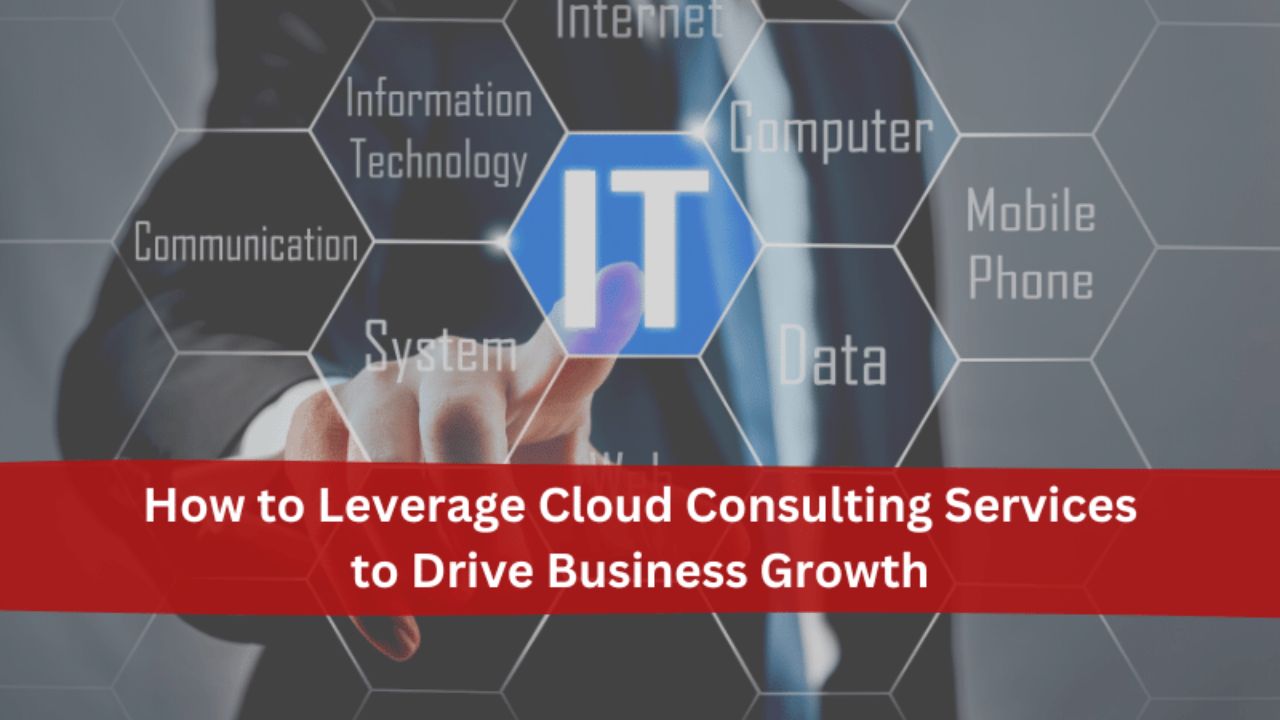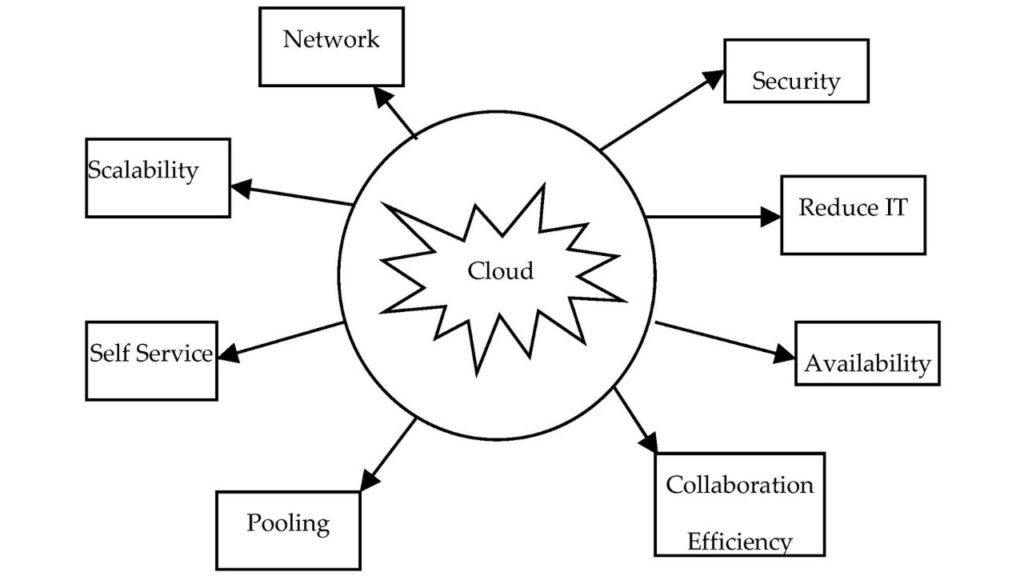Welcome to our detailed exploration of cloud trends, focusing on the critical aspects of security and statistical insights. As businesses increasingly migrate to cloud-based solutions, understanding the trends and implementing robust security measures is paramount. In this guide, we’ll navigate through various facets of cloud technology, providing actionable strategies backed by statistics and expert analysis.
Understanding Cloud Trends
Defining Cloud Computing
Cloud computing, often described as the delivery of computing services over the internet, has become the cornerstone of modern IT infrastructure. This innovative approach eliminates the need for physical hardware and on-premises data centers, allowing businesses to access a wide range of resources on-demand.
Evolution of Cloud Technology
The evolution of cloud technology has been nothing short of revolutionary. From its humble beginnings as a concept to the sophisticated ecosystem it is today, cloud computing has reshaped how organizations approach IT infrastructure. With advancements in virtualization, automation, and networking, the cloud has become synonymous with agility, scalability, and efficiency.
Key Components of Cloud Infrastructure
At the heart of cloud infrastructure are three primary service models: Infrastructure as a Service (IaaS), Platform as a Service (PaaS), and Software as a Service (SaaS). Each model offers unique benefits and caters to different use cases, allowing businesses to tailor their cloud strategy to their specific needs.
Importance of Cloud Trends Security
Growing Concerns Over Data Security
As businesses increasingly rely on cloud services to store and process sensitive data, concerns over data security have reached new heights. High-profile breaches and regulatory scrutiny have underscored the importance of implementing robust security measures to protect against cyber threats and safeguard customer trust.
Statistics on Cloud Security Threats
The statistics on cloud security threats paint a sobering picture of the cybersecurity landscape. From ransomware attacks to insider threats, organizations face a myriad of risks when operating in the cloud. Understanding these threats is the first step towards building a proactive defense strategy.
Strategies for Enhancing Cloud Security
In the face of evolving cyber threats, organizations must adopt a multi-layered approach to cloud security. This includes implementing encryption, access controls, intrusion detection systems, and regular security audits. Additionally, employee training and awareness programs are essential for fostering a culture of security within the organization.
Trends Shaping the Future of Cloud Computing
Hybrid Cloud Adoption
Hybrid cloud adoption continues to gain momentum as organizations seek to leverage the benefits of both public and private cloud environments. By combining on-premises infrastructure with cloud services, businesses can achieve greater flexibility, scalability, and cost savings.
Edge Computing Integration
The integration of edge computing with cloud infrastructure represents a paradigm shift in how data is processed and analyzed. By moving computation closer to the data source, edge computing reduces latency, improves reliability, and enables real-time decision-making for mission-critical applications.
AI and Machine Learning in Cloud Services
AI and machine learning are transforming cloud services by enabling intelligent automation, predictive analytics, and personalized experiences. From chatbots and recommendation engines to predictive maintenance and fraud detection, AI-powered services are driving innovation and efficiency across industries.
Leveraging Cloud Services for Business Growth

Cost Optimization Strategies
Cost optimization is a top priority for businesses operating in the cloud. By rightsizing resources, leveraging reserved instances, and implementing efficient workload management strategies, organizations can maximize the value of their cloud investments and reduce operational expenses.
Scalability and Elasticity Benefits
Scalability and elasticity are hallmarks of cloud computing, allowing businesses to scale resources up or down in response to changing demand. Whether it’s handling seasonal traffic spikes or launching new products, the cloud provides the flexibility and agility needed to stay competitive in today’s fast-paced market.
Enhancing Collaboration and Productivity
Cloud-based collaboration tools and productivity suites are empowering teams to work smarter and more efficiently. With features like real-time document editing, video conferencing, and project management, remote teams can collaborate seamlessly, regardless of their location or time zone.
FAQ
1. How does cloud Trends technology benefit small businesses?
Cloud technology offers small businesses access to enterprise-level infrastructure and resources without the need for significant upfront investment, enabling scalability and competitiveness in the market.
2. What are the primary challenges of migrating to the cloud?
The primary challenges of cloud migration include data security concerns, compliance issues, integration complexities, and potential downtime during the transition phase.
3. How can businesses ensure compliance with data protection regulations in the cloud?
Businesses can ensure compliance with data protection regulations by implementing encryption, access controls, regular audits, and partnering with cloud service providers compliant with industry standards.
4. What role does encryption play in cloud security?
Encryption plays a crucial role in cloud security by safeguarding data both at rest and in transit, ensuring confidentiality, integrity, and compliance with regulatory requirements.
5. How does edge computing complement cloud infrastructure?
Edge computing complements cloud infrastructure by decentralizing data processing and reducing latency, enabling real-time insights and faster response times for edge devices and applications.
6. What are the advantages of AI and machine learning in cloud services?
AI and machine learning empower cloud services with intelligent automation, predictive analytics, anomaly detection, and personalized experiences, driving efficiency, innovation, and competitive advantage.
Conclusion
In conclusion, demystifying cloud trends is essential for businesses seeking to harness the full potential of cloud technology while ensuring robust security measures are in place. By staying informed about emerging trends, leveraging advanced security strategies, and embracing cloud services strategically, organizations can drive innovation, agility, and sustainable growth in today’s digital economy.

